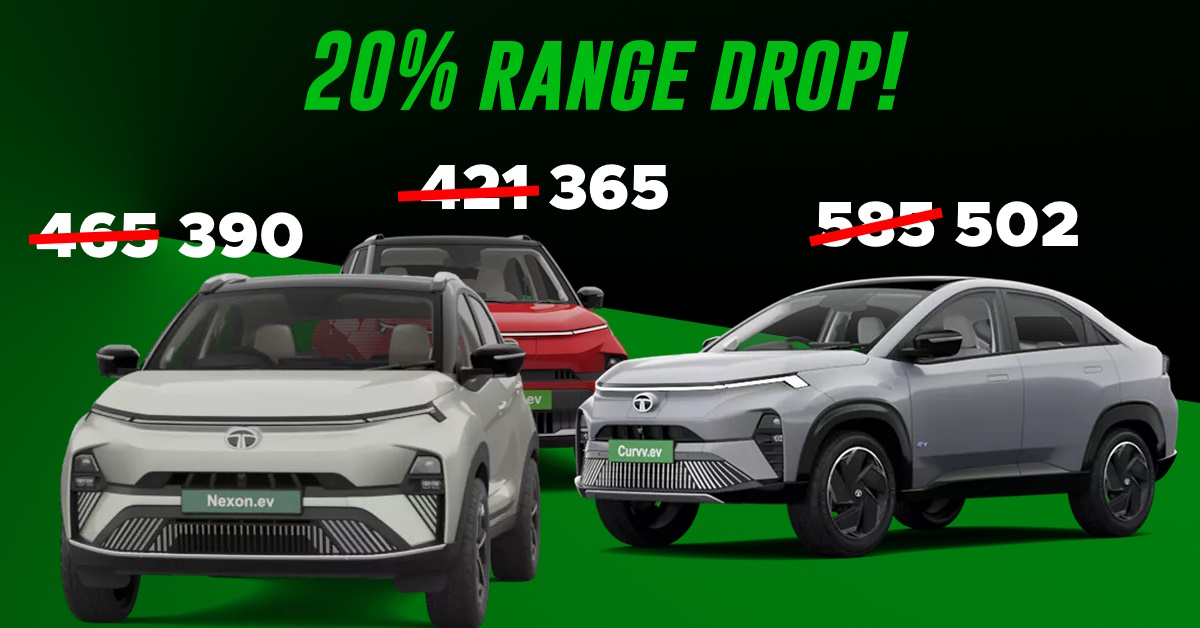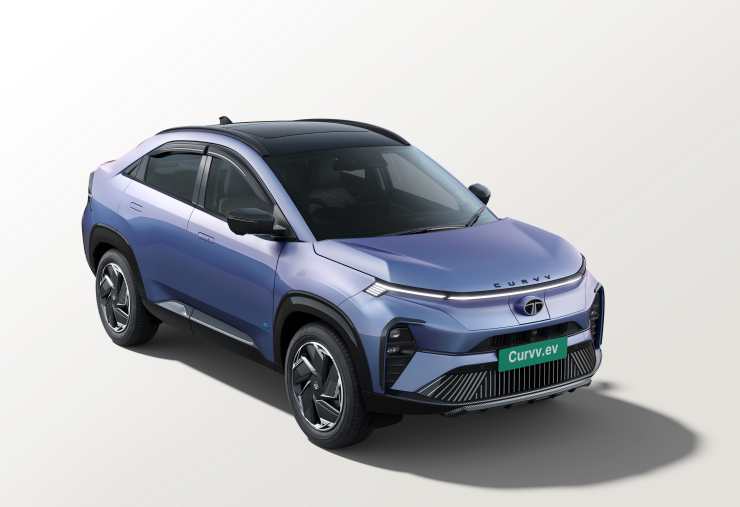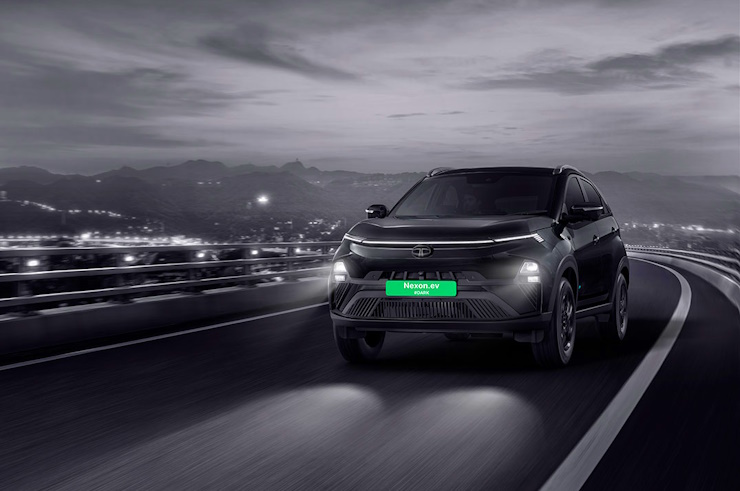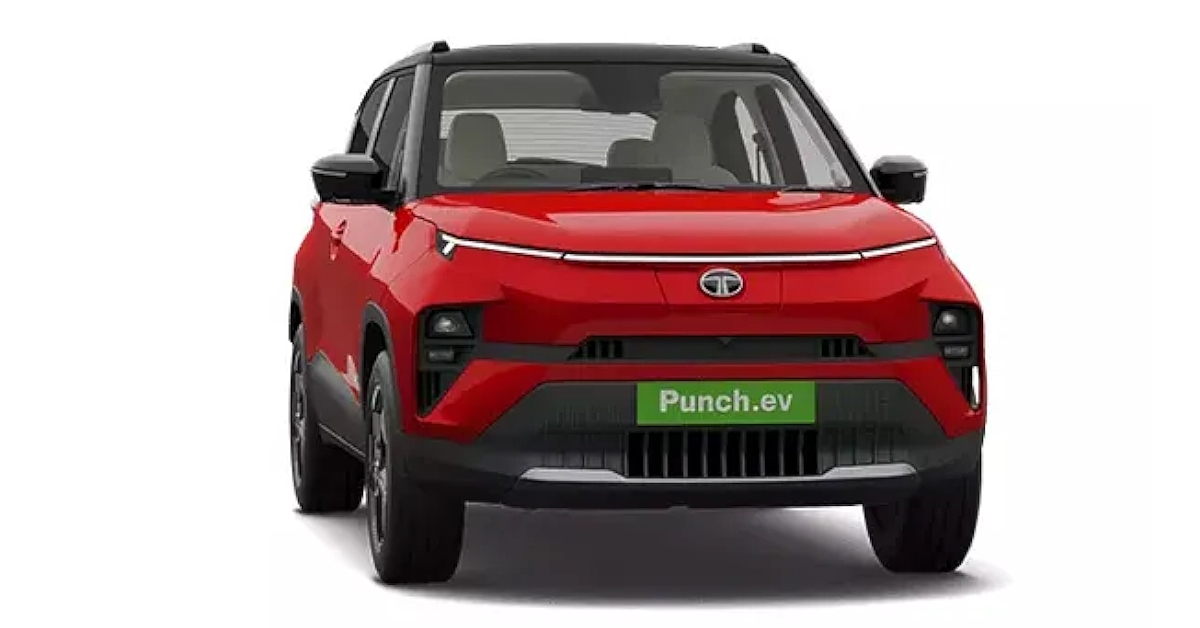Tata EVs Face 20% Range Drop – We Explain Why


If you’re a Tata electric car owner, or someone who’s planning to buy an electric car with the Tata badge, this news will come as a big surprise for you.

The Tata Curvv.EV 55 kWh version’s total range per charge has reduced from 585 Kms to 502 Kms, while that of the 45 kWh version has dropped to 430 Kms from 502 Kms. As for other Tata electric cars, here are exact numbers, which show a range drop of around 20 % across all cars.
| Electric Car Name | MIDC Old Range | MIDC New Range | Tata C75 Range | |
|---|---|---|---|---|
| Tata Curvv.EV 55 kWh | 585 Kms | 502 Kms | 400-425 Kms | |
| Tata Curvv.EV 45 kWh | 502 Kms | 430 Kms | 330-350 Kms | |
| Tata Nexon 40.5 kWh | 465 Kms | 390 Kms | 290-310 Kms | |
| Tata Nexon 30 kWH | 375 Kms | 275 Kms | 210-230 Kms | |
| Tata Punch 35 kWh | 421 Kms | 365 Kms | 270-290 Kms | |
| Tata Punch 25 kWh | 315 Kms | 265 Kms | 190-210 Kms | |
| Tata Tiago 24 kWh | 315 Kms | 275 Kms | 190-210 Kms | |
| Tata Tiago 19.2 kWh | 250 Kms | 221 Kms | 150-160 Kms |

Nothing to panic, really, and the range drop is actually a good thing. The Automotive Research Association Of India – the government body that homologates and certifies cars – has changed the way it calculates an electric car’s range. While the older MIDC cucle used only city driving conditions to evaluate an electric car’s range, the newer MIDC cycle uses both city and highway runs.
Average speeds have gone up from 19 Kmph to 31 Kmph, while maximum testing speed has gone up from 50 Kmph to 90 Kmph. These changed figures essentially are aimed at simulating real world conditions more accurately. Therefore, Tata electric car owners are likely to get a range per charge that’s closer to the new MIDC cycle rather than the older one.

C75 is a range per charge figure for electric cars that Tata Motors has come up with. According to Tata Motors, these figures correspond to the range per charge that 75 % of Tata electric car owners are expected to get in the real world. This is probably the most accurate range calculation for Tata’s electric cars, and something that owners can realistically expect to get in the real world.
In the coming days, expect new MIDC range numbers to be released for other electric cars sold in India, including those from MG Motor, Hyundai, Kia, Mahindra and more. These numbers are expected to see a similar, 20 % downward revision, and will reflect the inclusion of highway driving cycles, and higher average and top speeds.
Electric car sales in India have shown a steep decline. Year-on-year sales are down by nearly 10 % while month-on-month sales are down by nearly 20 %. While there are multiple reasons for the sales drop including policy uncertainty after the Indian government removed the FAME subsidy, multiple new launches in the electric car space is expected to bring back demand to a certain extent. The sales slowdown in electric cars isn’t limited to India. It’s a global phenomenon where nearly every major electric car market is facing significant headwinds.
While Tata Motors launched the Curvv.EV last month to a good response, MG Motor is preparing to launch the Windsor crossover electric vehicle on the September of 11th. While the Curvv.EV’s prices start from Rs. 17..49 lakh, those of the Windsor EV are also likely to start from under Rs. 20 lakh. These new EV launches – with competitive price tags and usable real world ranges – could bring back demand. Watch this space.